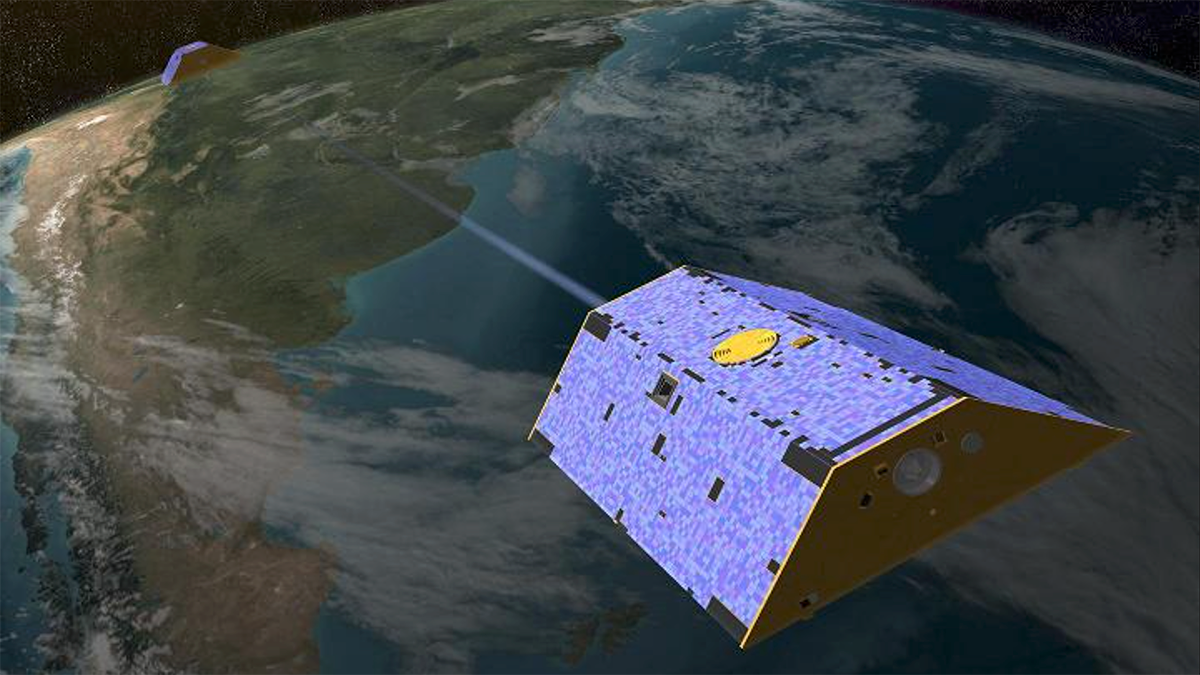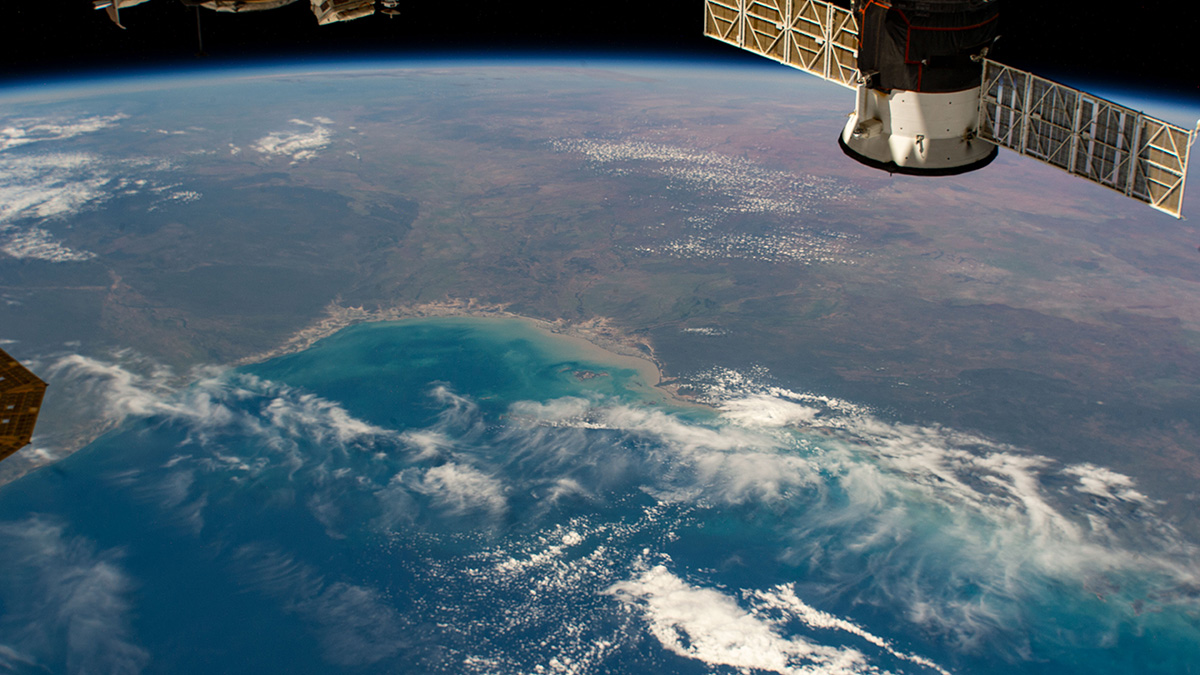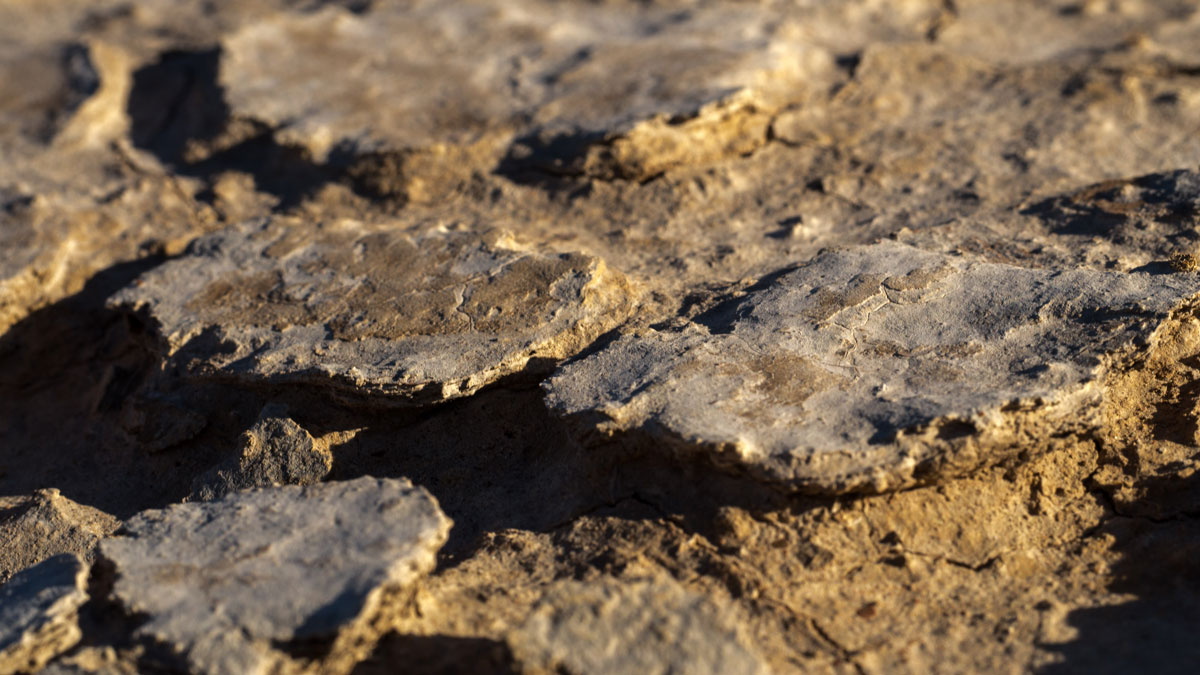New research suggests that overlooked upwelling systems in western boundary currents play a role in transporting nutrients, carbon, and heat in the global ocean.
Research Spotlights
Research spotlights are plain-language summaries of recent articles published in AGU’s suite of 24 journals.
Lightning Had Difficulty Forming in Early Earth’s Atmosphere
Lightning could have sparked the beginnings of life, but the primordial atmosphere might have made it more difficult for lightning to initiate.
Testing a Machine Learning Approach to Geophysical Inversion
Variational autoencoders can be leveraged to provide an effective method of inversion that is both accurate and computationally efficient.
Tree Rings Reveal a Puzzling Trend in Monsoon Intensity
Tree rings confirm that in northern Australia, the past 40 years have experienced more rain than any similar length of time in the past 600 years.
Fresh Approaches to Processing GRACE Data
Two studies showcase new methods for analyzing GRACE data that better match the land surface, producing clearer estimates of mass variations.
Satellites’ Lasers Reveal Changes in Earth’s Water Movement
The laser-based instruments aboard the GRACE-FO satellites may be extended to other geophysical applications to collect data on other submonthly mass changes in Earth’s system.
Coastal Aquaculture Can Reduce Nutrient Transport
High-resolution simulations of China’s Sanggou Bay show that suspended aquaculture alters hydrodynamics and weakens transport of nutrients to the area from offshore bottom water.
Biological Crusts Affected by Drought Can Still Stabilize Soils
Results of in situ experiments on natural microbial communities suggest that biological crusts can protect soils from erosion, but their protective role could be compromised under predicted future climate scenarios.
Innovative Model Elucidates Geothermal Energy Resource
Data from deep wells and a Bayesian modeling framework shed new light on one of Iceland’s valuable geothermal reservoirs.










